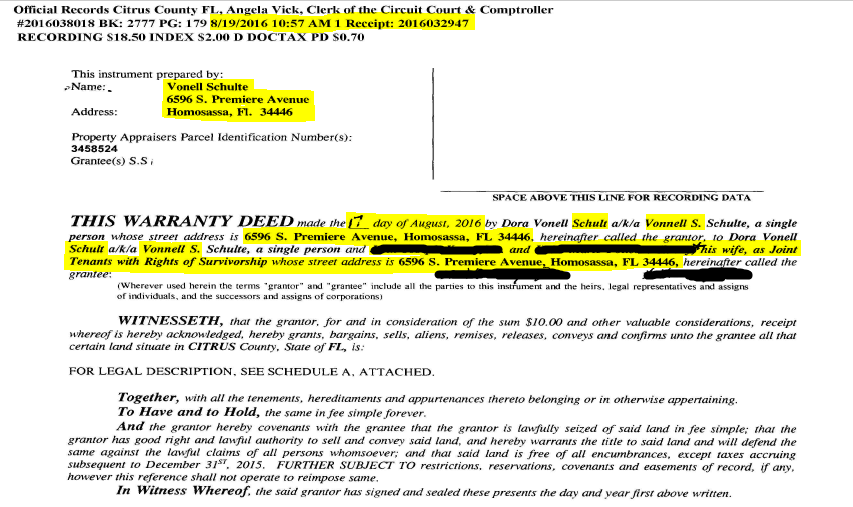

Non-earning dependants of SHI members, e.g. The premiums of the SHI, levied as a percentage of gross wages up to a maximum level, are shared between the employee and the employer.
LAUNCH BY LEGALSHIELD PRICING AND RULES FREE
Germany currently has 83.2 million residents, who have access to free healthcare services based on a statutorily funded system, currently operating around 103 SHIs, which cover approx. Moreover, close collaboration with medical experts is needed in order to determine and justify the appropriate comparator for the AMNOG process.įinally, legal advice should also be sought at an early stage because a subsequent judicial review of the substance of the decisions under the AMNOG process is possible only within certain procedural limits. The design of pivotal trials should be structured in close collaboration with market access experts to anticipate requirements for the additional benefit assessment. While statutory health insurance funds (‘ SHIs’) and the German government regard the AMNOG system as successful overall, the pharmaceutical industry is still raising numerous concerns pertaining to: (i) a relatively high number of negative assessments (ii) data requirements which cannot be fulfilled in the early stages of product launch (iii) undue pressure on prices by choosing generic comparators as a reference point for ‘bottom-up’ price negotiations and (iv) an unbalanced governance structure which gives the GKV-SV the combined power of first influencing the additional benefit assessment conducted by the G-BA, and then negotiating reimbursement price negotiations with the respective pharmaceutical company.Īgainst this background, successful market access in Germany requires careful preparation, which should be initiated as early as possible. The AMNOG process has fundamentally changed the market access regime in Germany and is therefore seen as something of a learning curve. If no agreement can be reached, the reimbursement price will be determined by an arbitration committee and will be equally applicable as of the 13 th month after product launch.

The negotiated reimbursement price applies as of the 13 th month after the initial product launch of the new pharmaceutical in Germany. The AMNOG process comprises two phases, starting with a health technology assessment (‘ HTA’) conducted by Germany’s Federal Joint Committee ( Gemeinsamer Bundesausschuss or ‘ G-BA’), followed by the reimbursement price negotiations between the Association of Statutory Health Insurance Funds (‘ GKV-SV’) and the respective pharmaceutical company. The AMNOG process was implemented in 2011 and is the key price regulation mechanism for innovative pharmaceuticals. These mechanisms range from price-freezing, to compulsory rebates, reference prices limiting the reimbursement amount, and negotiated reimbursement prices for new pharmaceuticals, which kick in one year after product launch under Germany’s Pharmaceuticals Market Reorganisation Act ( Arzneimittelmarkt Neuordnungsgesetz or ‘ AMNOG’). Quite the contrary, there are a number of mechanisms which directly or indirectly regulate prices or contribute to cost savings in the healthcare system.

This, however, does not mean that pharmaceutical companies are completely free to charge any price they deem appropriate for their products (either existing or new pharmaceuticals). Market access for pharmaceuticals in Germany differs from the systems implemented and followed in many other countries in that there is no pricing and reimbursement approval required when launching a new pharmaceutical.


 0 kommentar(er)
0 kommentar(er)
